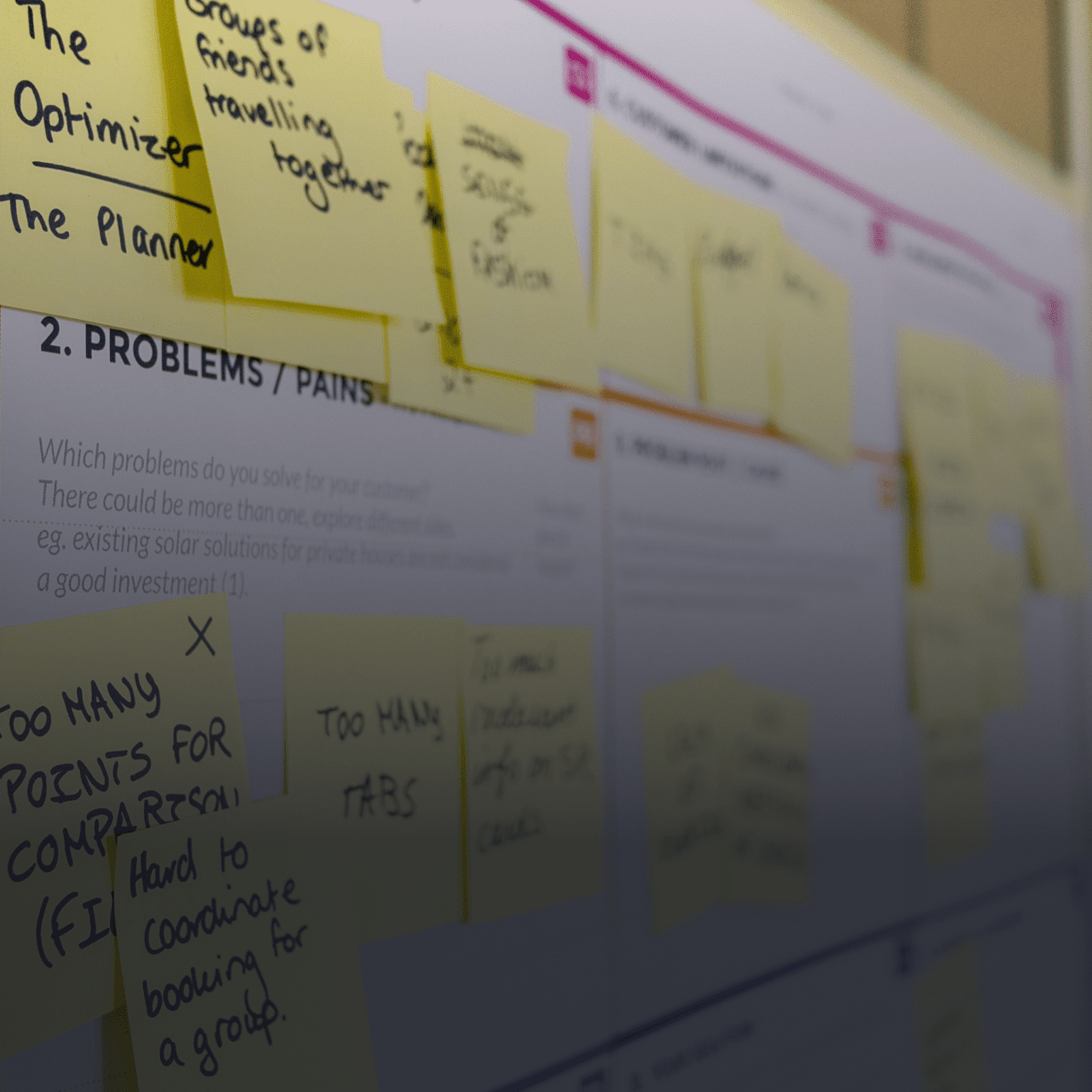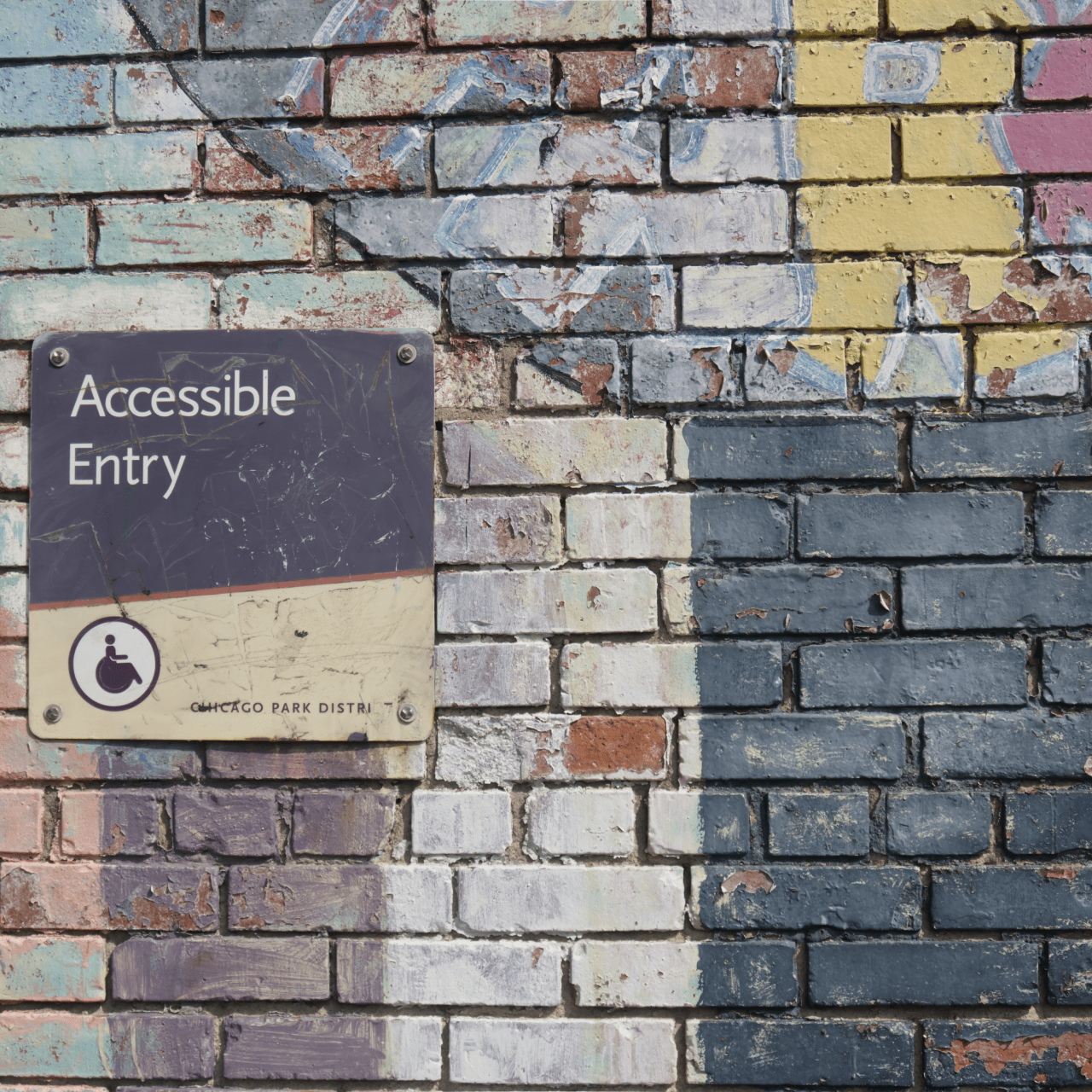7.9 billion moving carbon-based lifeforms on Earth, named Human Beings; all are moved by a single instinct and that is called habit. Human beings are creatures of habit. I have seen people waking up with half-sleep smudged eyes and using Facebook/WhatsApp/ Instagram infallibly. What impulse works behind it? For UX writers\ and designers it is behaviorism.
The best aphorism I have heard about UX writing is that-
“The best UX writings are those where the user will not even remember what exact words are written because they will be so indulged in their user instinct.”
What can you experience from this blog
- Understanding Behavior
- Conducting your Research
- Experiment & Execution
- Resource recommendation
Now I can flood your screen with psychological or behavioral jargon but I want this blog to be an experience derived from the absolute real world. I believe real world and self-experienced knowledge opens a wide range of brain faculty, which has often been obfuscated because of our external conditioning and prejudices.
Understanding Behavior
Our brain, especially in this digital age is busy 24/7 with making complex and simple decisions. For example: currently, you are deciding to continue to read this blog, right?
One of the first traits of a writer is empathy. As UX writers, we should never put our instinct only on technical or mechanical processes. That is just a part of our work. Look beyond. Put your gut in an empathetic process where we can add value by identifying how our users, more precisely how people think.
The basis of the user experience is to make processes much more intuitive. Nobody can deny that.
One way to encourage many users to do something is to tell them how many other users have already done it or are doing it. And if we have the option of knowing the typology of these users, the ball is in your court. For example, users who live in their city, who are the same age as them, or share cultural practices.
Conducting your Research
UX research is a gigantic subject, so where do you start as a beginner?
“Put simply, UX research is a discipline which studies the user experience of a product or service by investigating and observing how users interact with it. The goal is to define problems and find solutions that can be used to improve the product.’’
Attitudinal and behavioral research
It’s also common to differentiate between attitudinal and behavioral research. The basic difference is that attitudinal research listens to what users say (finds out how they feel about a product), especially in their natural environment. behavioral research observes what users do (finds out how they use a product).
Suppose you are in a cafe, and you need to adopt a technique, which I call ‘don’t- be-creepy-observational technique’.Observe their most reflexive intuitions. Like their patience span after ordering food or something around that line. Trust me, it helps.
In this way, you can incorporate offline observations into the online world.
Proactive and reactive research
One more important thing to keep in mind is the user’s proactive and reactive attitude.
UX veteran Jared Spool knows a thing or two about this topic. He explains that
“while reactive UX research is more common, it makes much more sense to anticipate user concerns with proactive research.’
Experiment & Execution
Card sorting
Card sorting is a UX research process where study participants group or individual sort labels written on note cards according to their convenience that makes sense to them. This method shows the UX designer/writers how the target audience’s domain knowledge is structured, and it serves to build an information architecture that matches the user’s expectations, catering for them with a fulfilling experience.
A/B testing
Also Sometimes is called split testing, which is a method for comparing two versions of something to determine which one would be more convenient and would make sense. To identify which version of a design approach is better, two versions are created at the same time, each version shown to half of the same target audience. The test measures which one performed better with the target audience. The version that prompts the most users to take the desired action, or the better conversion rate, is your champion.
Resource recommendation
Books:
- Storytelling in Design by UX designer and speaker Anna Dahlstrom
- Content everywhere by Sara Wachter-Boettcher
- Strategic Writing for UX by Torrey Podmajersky
Course:
- UX Writing Academy with UX Writing Hub
- Microcopy & UX writing, by Udemy
Just a brownie tip here, do not indulge yourself with deep diving into resources. It is a dead-end process. Know the basics and do as many experiments as you can. Nothing can replace hands-on practical knowledge.
Before saying goodbye
One of the underrated facts about UX/UI is to have a solid creative camaraderie among UX writers, designers and software developers. There will be plenty of standard operating procedures/methodology/technical processes, but in the end, we are humans building products for humans, solving their problems, in hindsight also ours. A good professional bonding makes the process a lot easier and more humane, something I realized from personal experience.
That being said while developing writing skills, designing skills and technical skills it is also very important to develop good soft skills. Work on that as well.
Last but not least when you are in any sort of creative industry, the expense of your work is always ‘YOU-THE-SELF’. Take care of your health and learn to set healthy boundaries, be mindful of your energies and you are good to go.
Subhasri Paul is a guest author on Difference by Design. If you’ve interesting ideas to share, find out more about submitting a Guest blog here







